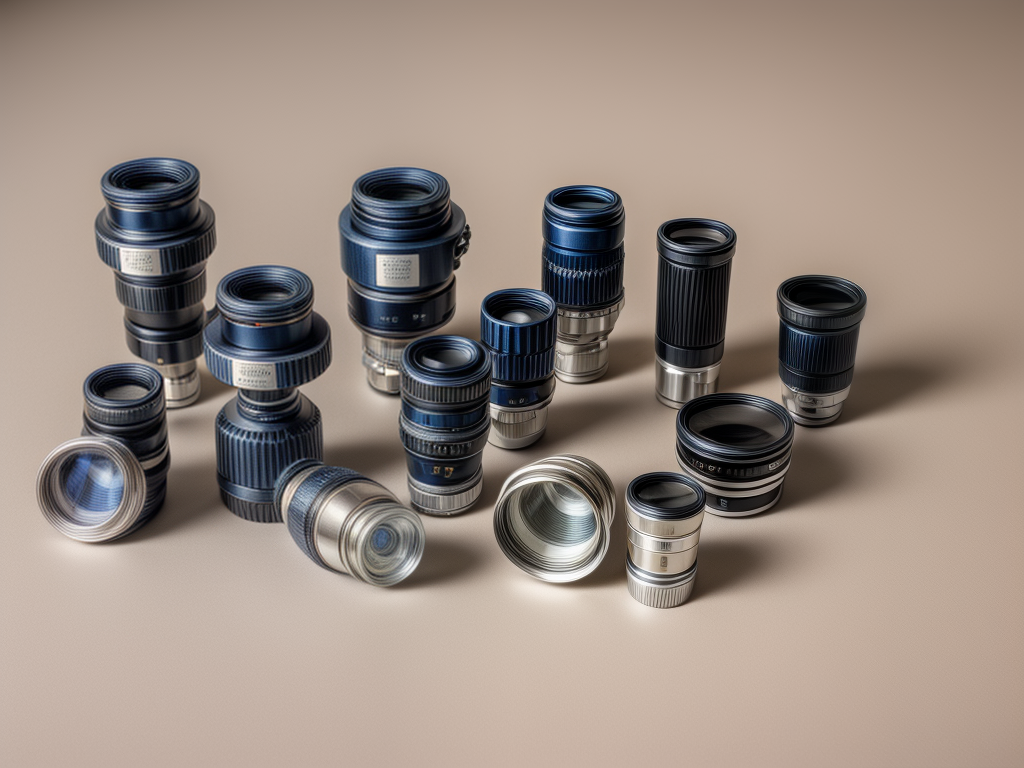
Telescope eyepieces are crucial components of any stargazing kit. They determine the magnification, field of view, and overall observing experience. But with so many types available, how do you choose the right one? Let’s delve into the most common telescope eyepieces, and explore the benefits and drawbacks of each type.
Eyepiece Magnification and Focal Length:
Understanding these two terms is essential:
-Magnification:
This is how much larger an object appears through the eyepiece compared to the naked eye. It’s calculated by dividing the telescope’s focal length by the eyepiece’s focal length.
Focal Length:
Measured in millimeters, the focal length of an eyepiece determines its magnification and field of view. A shorter focal length provides higher magnification but a narrower view, while a longer focal length gives a wider view but lower magnification.
Now, let’s explore specific types of eyepieces:
1. Plössl Eyepieces:
**Benefits:**
– Well-corrected for optical aberrations.
– Provide a comfortable 50-52 degree field of view.
– Usually affordable.
**Drawbacks:**
– Short focal length models may have limited eye relief.
2. Radian Eyepieces:
**Benefits:**
– Offer a consistent 60-degree field of view.
– Known for excellent eye relief, making them comfortable for eyeglass wearers.
**Drawbacks:**
– Can be more expensive than other types.
#3. Nagler Eyepieces:
**Benefits:**
– Provide an incredibly wide field of view (up to 82 degrees).
– Immersive “spacewalk” observing experience.
**Drawbacks:**
– Larger and heavier, which might cause balance issues with some telescopes.
– Generally more expensive.
### **4. Orthoscopic Eyepieces:**
**Benefits:**
– Renowned for high contrast and sharpness.
– Excellent for planetary and lunar observing.
**Drawbacks:**
– Narrower field of view (around 40-45 degrees).
– Eye relief can be less comfortable in some models.
To Sum it up . . .
Selecting the right eyepiece can seem overwhelming, but understanding your observing needs will guide you to the perfect choice. Consider what you’ll be viewing most, your budget, and your comfort preferences.
– For general stargazing with good affordability, **Plössl** might be your go-to.
– If eye relief is a priority, especially for eyeglass wearers, **Radian** is excellent.
– For an expansive, immersive experience, **Nagler** offers a unique perspective.
– For precise planetary observations, **Orthoscopic** eyepieces are hard to beat.
Remember, investing in quality eyepieces can significantly enhance your stargazing experience. Don’t hesitate to consult with fellow astronomers or join a local astronomy club for personalized recommendations.
Keep your eyes on the stars, and happy observing!
Rod
